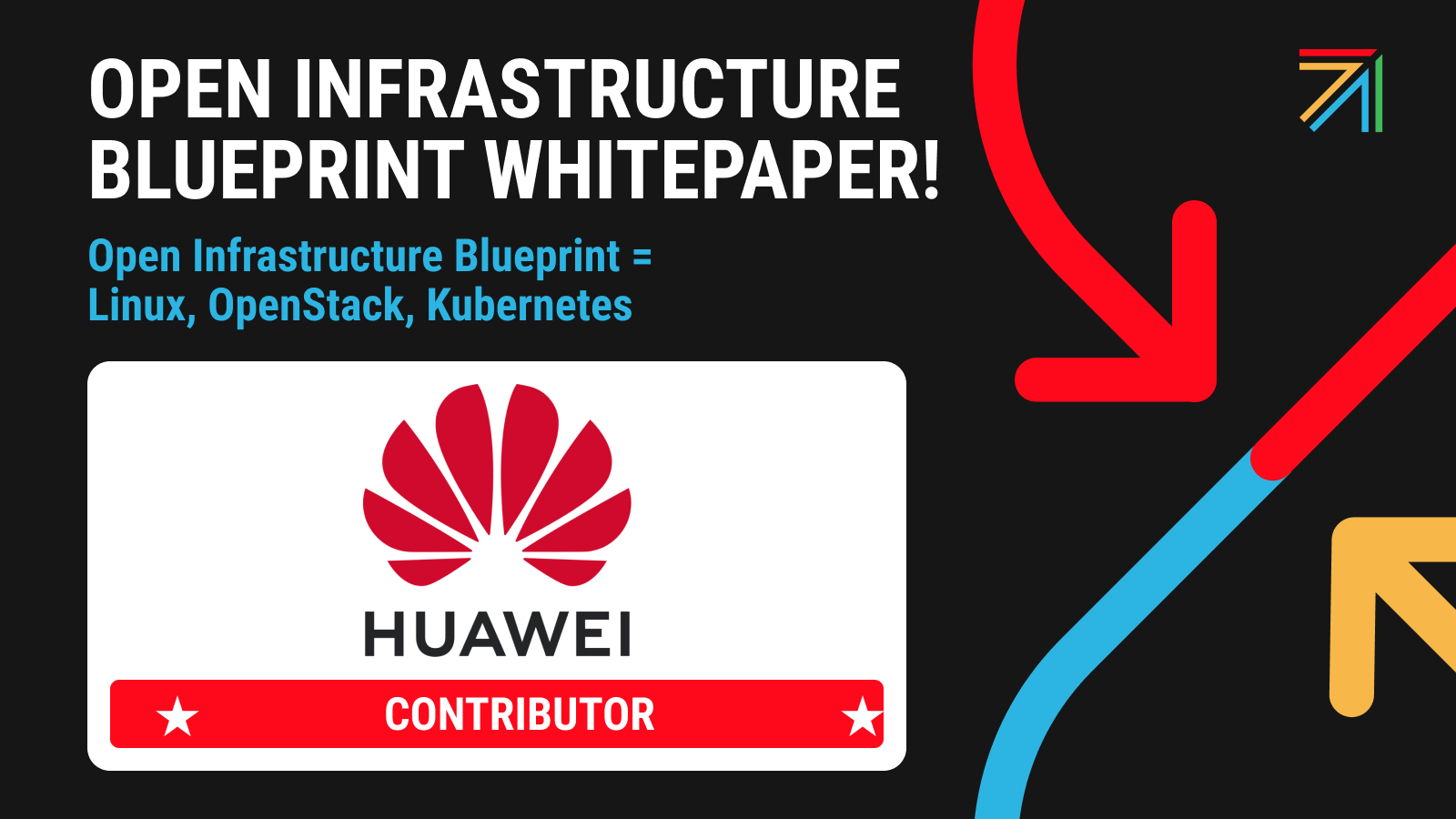By any measure, the scale of Huawei is impressive. To keep things humming for its 180,000 employees worldwide, the internal IT department of the Shenzen-based multinational telco giant runs eight data centers, powering over 800 applications and 100,000 virtual machines. Cost and agility were key factors in deciding the future of that system.
Huawei’s Kubernetes journey began two years ago with one developer, who started contributing code to the open-source project and quickly became an internal evangelist. It seemed like a good solution for the internal IT department, which needs to launch tens of thousands of containers. Because those containerspower tasks across thousands of global nodes, managing them in a consistent way is always a challenge, says Peixin Hou, Huawei’s chief software architect and community director for open source, in a recent case study. About 30 percent of them are now cloud native.
It’s hardly the first time Huawei embraced open source. A gold member of the OpenStack Foundation, Huawei offers customers a carrier-grade OpenStack distribution supporting NFV deployments and Huawei FusionSphere to deploy private, public and hybrid clouds. They’re also a top contributor to Hadoop, OPNFV, a founding member of the Cloud Native Computing Foundation (CCNF) and employ Spark. In addition to an online lab and courses, the company’s website also offers an open source release center where anyone can download or request open source code found in its phones, computers, wearables and smart home devices.
Although took a year to adopt that engineer’s suggestion – the process “is not overnight,” says Hou – but once in use, he says: “Kubernetes basically solved most of our problems. Before, the time of deployment took about a week, now it only takes minutes. The developers are happy. That department is also quite happy.”
The results were impressive enough that the company also decided to become a vendor in 2016 with FusionStage, a platform-as-a-service offering. Huawei’s customers, from very big telecommunications operators to banks, love the idea of cloud native, Hou says.
After overseeing the initial move to Kubernetes at Huawei, Hou has some advice for other companies considering the technology: “When you start to design the architecture of your application, think about cloud native, think about microservice architecture from the beginning,” he says.
For companies dealing with legacy apps, Hou advises to dip a toe in with the microservice-friendly part of those applications first, parts that are relatively easy to be decomposed into simpler pieces and are relatively lightweight.
More from the full case study here.
You can also hear more from Huawei at the upcoming Vancouver Summit. Talks include:
The Cart and The Horse: OpenStack + Kubernetes
Managing and Protecting Persistent Volumes for Kubernetes
How OpenStack has improved in recent releases for public cloud and what’s still missing
Kubernetes network-policies and Neutron security groups – two sides of the same coin?
Cover image: Huawei Shenzen R&D center, courtesy Huawei.
- Exploring the Open Infrastructure Blueprint: Huawei Dual Engine - September 25, 2024
- Open Infrastructure Blueprint: Atmosphere Deep Dive - September 18, 2024
- Datacomm’s Success Story: Launching A New Data Center Seamlessly With FishOS - September 12, 2024

)










